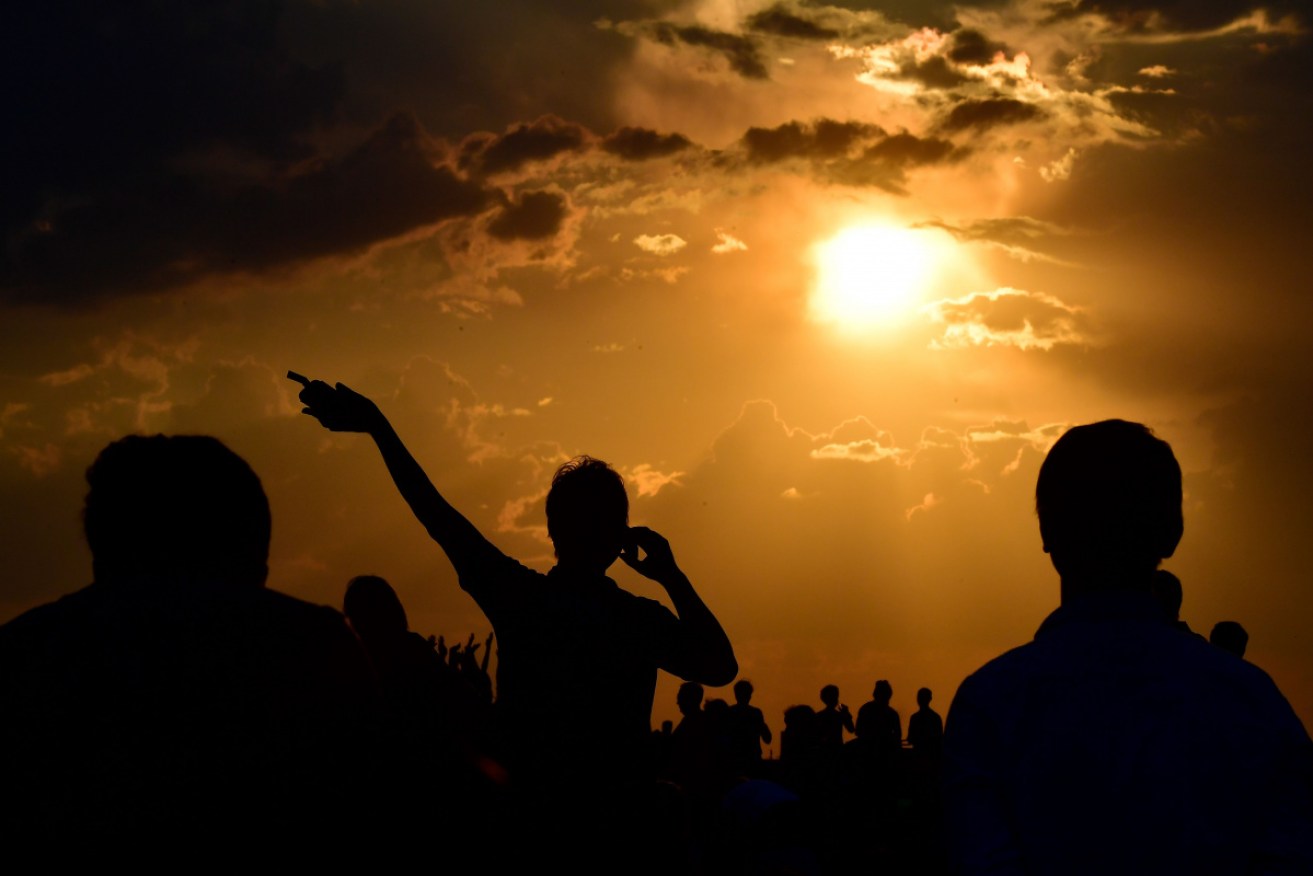Stargazers looking forward to a bumper year of celestial shows


This year offers a feast of lunar and solar eclipses, as well as a rare planetary transit. Photo: Getty
Stargazers are in store for an astronomical 2019, with no less than five partial eclipses, a rare planet transit, multiple meteor showers and a “super blood wolf moon” this month that will offer our last total lunar eclipse until 2021.
The northern hemisphere won’t have long to wait for the shows to start, with a partial solar eclipse set to dim the skies as the moon passes between the Earth and the sun on January 6.
Sky & Telescope predicts people will see 20 per cent of the sun covered from Beijing, 30 per cent from Tokyo and 37 per cent from Vladivostok, Russia.
On January 20, Earth will be treated to a total lunar eclipse, thanks to a combination of orbital alignments.
NASA predicts the event will be one of the year’s “most dazzling shows” as the moon moves into its closest orbit around the Earth, appearing larger and brighter than normal in a phenomenon known as a “super moon”.
Total lunar eclipses are often call “blood moons” because of the red glow they take on as they reflect the sun’s rays.
Because lunar eclipses can occur only during a full moon, and the first full moon in January is commonly known as a “wolf moon”, skywatchers have given this this year’s eclipse the impressive title of a “super blood wolf moon eclipse”.

The planets will align to produce a feast of eclipses. Photo: Getty
Meteor special
Among the multiple meteor showers promised throughout the year, the Eta Aquarids meteor shower is tipped to be the most spectacular, according to Sky & Telescope.
Eta Aquarids meteors are created by the dusty debris left behind by Halley’s Comet, which last flew past Earth in 1986.
While Halley’s Comet isn’t due to visit again until 2061, the meteors it left behind typically reappear each May, with this year promising extra special viewing.
A new moon is expected two days before the meteor shower, which NASA explains will mean darker skies and a more dazzling show on offer to the human eye.
The Eta Aquarids meteors will be active from April 19 to May 26, with peak viewing about May 6, when as many as 20 to 40 meteors will be visible hourly.

Eta Aquarids meteors are a gift from Halley’s Comet. Photo: NASA
A total eclipse
Parts of Asia, the South Pacific and South America will be momentarily plunged into darkness on July 2 as the Southern Hemisphere gets a chance to witness a total solar eclipse.
Sky & Telescope predicts the full effects of the eclipse will be best viewed in a stretch of the South Pacific Ocean some 1100 kilometres north of Easter Island, along with central Chile and Argentina.
Australia, South America, Europe, Africa and Asia will, however, be prime locations to witness the July 16 partial lunar eclipse, it reports.

Australia will have a front-row seat for the partial lunar eclipse. Photo: Getty
Mercury’s moment in the sun
And NASA says that Mercury will make a rare pass in front of the sun on November 11.
Mercury passes between Earth and the sun only about 13 times each century.
Its previous transit took place in 2016, making the smallest planet in the solar system visible from Earth for the first time in 10 years – with the help of a telescope and solar filters.
This year’s transit will last about five-and-a-half hours, and will appear as a black dot across the face of the sun.
Rounding off the highlights of this year’s events will be an annular eclipse, visible on the Arabian Peninsula and areas of south Asia on December 26.
An annular eclipse occurs when the sun shines brightly from behind the moon, causing a dazzling halo effect.








